Keen to try Pilates this summer? Top experts share the key differences between Reformer Pilates vs mat Pilates, plus which is the most effective
Consider this your expert-backed guide.
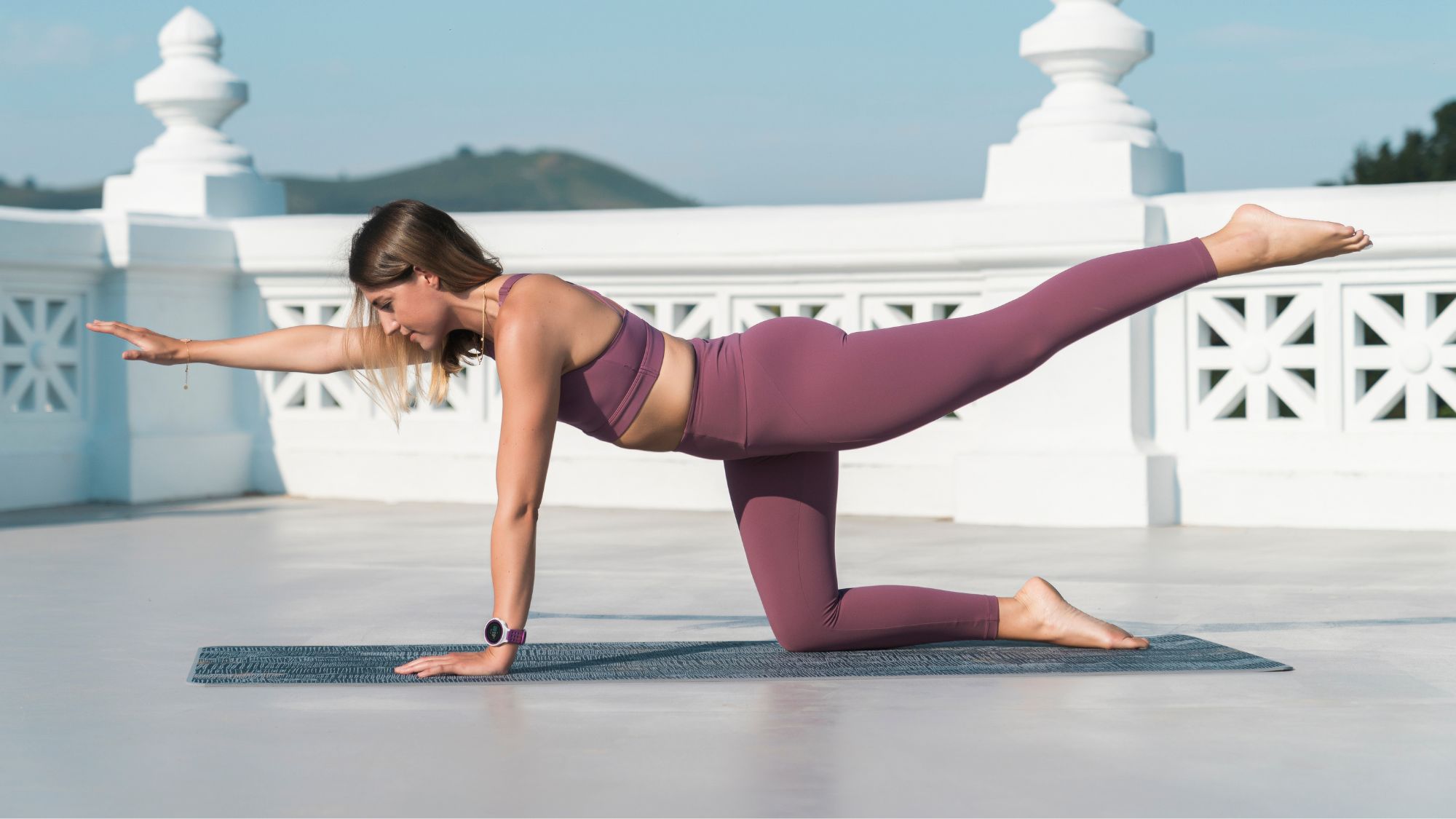

Keen to get into Pilates, but wondering which is better - Reformer or mat Pilates? We hear you. Both varieties of the practice are super popular right now, but what’s the difference – and is there a front-runner?
“Reformer Pilates and mat Pilates are two popular forms of Pilates workout,” explains Pilates instructor and founder of Evolve, Veronique Ellis. “They both focus on building strength, flexibility, and overall body conditioning, but they differ in
equipment used and exercise repertoire.”
The good news is that whichever method you plump for, your body is going to thank you. The benefits of both Reformer and mat Pilates are well-established, from building core strength and stability to enhancing posture and alignment, and they’re firm celebrity favourites, too, with Victoria Beckham reported to have swapped heavy HIIT sessions for Reformer work.
Interested? Keep scrolling to find out the benefits of both methods and compare and contrast the two. Wondering, what type of workout is Pilates?. Read our expert explainer. If all things Pilates are your jam, you might like to check out our guides to Pilates for beginners, the best Pilates at home workouts, and whether Pilates once a week is enough, here.
Reformer vs mat Pilates: what's the difference?
What is Reformer Pilates?
Let’s break it down. “Reformer Pilates is the Pilates method practised on a "Reformer" machine,” explains Pilates instructor Eloise Skinner. “Designed by the founder of Pilates, Joseph Pilates himself, the reformer is a structure that looks a little like a bed, made up of a moving carriage and accompanying springs and straps.”
While it may look intimidating, the Reformer is simply a piece of equipment that serves to support the body and provide an extra level of (supported) challenge to moves. Many of the moves you can do on the Reformer are the same as those you’ll do on the mat, so don’t be deterred if you’re new to the machine.
@reformhouse ♬ original sound - Pilates with Bridget
What is mat Pilates?
Refreshingly (for the fitness world), it’s exactly what it says on the tin. “Mat Pilates, as the name suggests, is performed on a mat without the use of any equipment other than perhaps small props like resistance bands, Pilates rings or balls,” says Ellis. “Mat Pilates focuses on bodyweight exercises that target core strength, flexibility, and muscular endurance.”
Marie Claire Newsletter
Celebrity news, beauty, fashion advice, and fascinating features, delivered straight to your inbox!
So far, so straightforward – but which one is better?
Reformer Pilates vs mat Pilates: which one should I choose?
You’ll be pleased to hear that the two types of practice, while having some differences, largely share the same benefits – so really, your choice will depend on what you’re looking to achieve in your practice. And honestly? You don’t have to choose between them – the experts agree that in an ideal world, we’d all be doing a mix of the two for full-body conditioning.
“It’s important to remember that just mat or just Reformer isn't going to yield the true benefits and body-changing effects of a Pilates practice,” cautions Pilates instructor Stacy Weeks. “For maximum results, ideally you’ll regularly practice
the whole method.”
That said, let’s take a deep dive into the specific benefits of each style.
@pilateswithabs ♬ Oblivion - Grimes
4 benefits of Reformer Pilates
1. It’s great for beginners
New to Pilates? A Reformer class is the perfect introduction. High-intensity but forgivingly low-impact, it’s a tried and tested way to begin to challenge your body.
“The Reformer was designed to help you advance to a Pilates practice on a mat on the floor, which was considered to be the most advanced option by Joseph Pilates,”
explains Pilates instructor and founder of East of Eden, Abby McLachlan. “It’s actually better for beginners than the mat, as the mix of springs, ropes and pulleys on the Reformer will support you in the moves, as opposed to on the mat, where it’s just you working against gravity.”
2. It's creative
All our experts agreed that the options on the Reformer are endless, allowing you to be as inventive as you like with your moves.
“You can do a lot more on the Reformer, and get really creative to work different muscles,” says McLachlan. “I’ve been doing Reformer for 16 years, and I’m still finding new ways to use the machines! It constantly challenges you.”
And if you’re yet to experience a deep Reformer hamstring stretch – you can thank us later.
3. It’s ideal for injury recovery
When you’re working back up to strength after an injury, it can be tricky to feel as though you’ve had a good workout, and you’re likely to be moving with caution. Here’s where the Reformer machine really comes into its own – because you’re fully supported by the straps and springs, it allows you to deepen into the moves without putting too much pressure on your joints.
“The Reformer is ideal for injury rehabilitation,” agrees Skinner. “Since you can adjust your practice to accommodate slight imbalances or weaknesses, it can help to rebuild strength after injury in a controlled way.”
4. It builds body awareness
There really is nowhere to hide on the Reformer. It provides unparalleled feedback on your practice and thus helps to build greater body awareness. Subtle alterations to the springs will challenge those all-important (but often hard to engage) stabilising muscles. To say you’ll feel it is an understatement.
“A Reformer machine can help cultivate better body awareness, as using the machines gives more controlled feedback from the moves,” agrees Pilates instructor and founder of Studio 44 Pilates, Louise Humphrey. “This should help you with correct form, allowing you to improve your mat work – ultimately, one of the reasons why the Reformer was designed.”
4 benefits of mat Pilates
1. It's accessible and safe for all abilities
No equipment? No worries. All you need for a mat Pilates practice is – you’ve guessed it – a mat (even an old towel will do). While a swanky studio and matching co-ords are nice, they’re not essential. Mat Pilates is the ultimate entry-level workout, plus, it’s suitable for all levels of fitness and ability. Simply adapt to suit.
“The practice of Pilates is low intensity, low impact and inclusive, whether on the mat or Reformer,” agrees McLachlan. “Since it focuses on supporting the muscles
around your spine, aka your core and glutes, it leaves you globally strengthened, supports your joints, reduces the chance of injury and relieves pain, especially back pain."
2. It improves stability and core strength
Unlike the Reformer which offers support and feedback, when you’re on the mat, it’s just about you and your bodyweight working against gravity.
“All Pilates classes whether on a mat or Rformer should emphasise proper alignment, breathing techniques, and engaging the deep stabilizing muscles of the body,” advises Mclachlan. “Pilates done properly promotes a balanced and symmetrical development of muscles, rather than just targeting specific muscle groups, although there is a focus throughout on the core. Pilates aims to create a strong and flexible body with improved posture and overall physical well-being.”
3. It's challenging
While you may not need any equipment or athletic ability to get started with mat Pilates, don’t be fooled – it’s not for the faint-hearted.
“The mat is regarded as king in the real Pilates world because if you are doing it
right it is very difficult and sweaty!” says Weeks. “There were originally 34 exercises created, we call these the classical mat. They vary in difficulty but move the body on the mat in flexion, rotation, rolling, lateral flexion and extension."
The trick on the mat, they share, is "understanding that you have to create your own resistance, it is just you and your body against gravity.”
4. It supports healthy digestion
You probably wouldn’t instinctively associate Pilates with better gut health, but there’s good anecdotal evidence to support the idea that the movement is good for our digestive system.
Studies (such as this one, published in the Journal of Oxidative Medicine and Cellular Longevity) show that exercise is associated with more beneficial gut microbiota – something Pilates instructor and Crohn’s disease sufferer Francesca Flack can attest to.
“Mat Pilates lowers cortisol levels, reducing stress and anxiety and switching the body into rest and digest mode,” she explains. “I suffer from Crohn's Disease and slow bowel transit and find my mat practice helps get the digestive system moving. Some moves can massage and stretch out the abdomen, while improving posture has a side effect of allowing our digestive system more space, to work more efficiently.”
5 PT-approved Reformer Pilates workouts
1. Bridge
What? A classic glute raise and bridge, but make it Reformer, this move is great for articulating the spine.
Why? "This exercise strengthens the glutes, hamstrings, and core", says McLachlan.
How long? Try five reps to begin with.
2. Scooter
What? Essentially, this move "scoots" your legs back and forward on the carriage, to level your hips and engage the glutes.
Why? "This exercise targets the hip abductors, glutes, and outer thighs to improve hip strength and stability," explains Ellis.
How long? Three to five reps.
3. Plank
What? A standard plank, held in various positions on the Reformer. Top tip: don't be afraid to drop to your forearms.
Why? "Planks done on the reformer add an extra balance challenge as the surface is less stable than the floor," says McLachlan. "Try a blue spring if you are starting out, knees down, progress to knees up, and a yellow or even no springs. You can have your feet by the shoulder posts and hands on the footbar, or try the other way around. Even more challenging is the feet on the footbar and hands on the carriage!
How long? Try and hold for 10 seconds, working up to one minute.
4. Short spine stretch
What? Peel your spine up and off the carriage, until your feet are over your face and you're balancing on your shoulders.
Why? "This is a fantastic stretch for your thoracic spine, one of my absolute favourites," says McLachlan. "When you're ready, you can advance it by using less spring tension or keeping your arms straight in the air."
How long? Five reps to begin with.
5. Hug a tree
What? Surely the loveliest name for a Pilates move, this exercise mimics a rounded hugging motion.
Why? "This is one of my favourite arm exercises on the Reformer," says Weeks. "It's part of a series of moves that target the abdominals, back and arms."
How long? Repeat six to 10 times.
5 PT-approved mat Pilates moves
1. Criss cross
What? Similar to a bicycle crunch, but Pilates-style.
Why? A core strength and rotation exercise, be warned - it's not for beginners!
How long? Repeat for around 30-40 seconds.
2. Pilates roll up
What? A classic Pilates roll up, starting supine on the mat.
Why? "The Roll-Up targets the abdominals and helps to improve spinal articulation and flexibility," says Ellis.
How long? Try five to 10 reps.
3. The Hundred
What? Lie on your back with your legs raised to a tabletop position, lift into a chest lift position, arms alongside your hips and begin to pump your arms up and down while breathing rhythmically for a count of 100.
Why? "This move engages the core and boosts circulation," explains Ellis.
How long? To a count of - you've guessed it - one hundred.
4. Single leg stretch
What? A simple move, bringing each knee into the chest at a time. Advance by moving faster through the motion.
Why? This move engages and stretches the hip flexors and abdominals.
How long? Repeat five times on each side.
5. Mermaid
What? A lateral flexion or side bending exercise.
Why? "This move is great if you've been sitting down for a long time, or holding a bag or baby on one side," says Flack. "It focuses on the side of the body to strengthen your arms, shoulders, and torso."
How long? Three to five reps on each side.
Shop MC UK approved workout kit now:
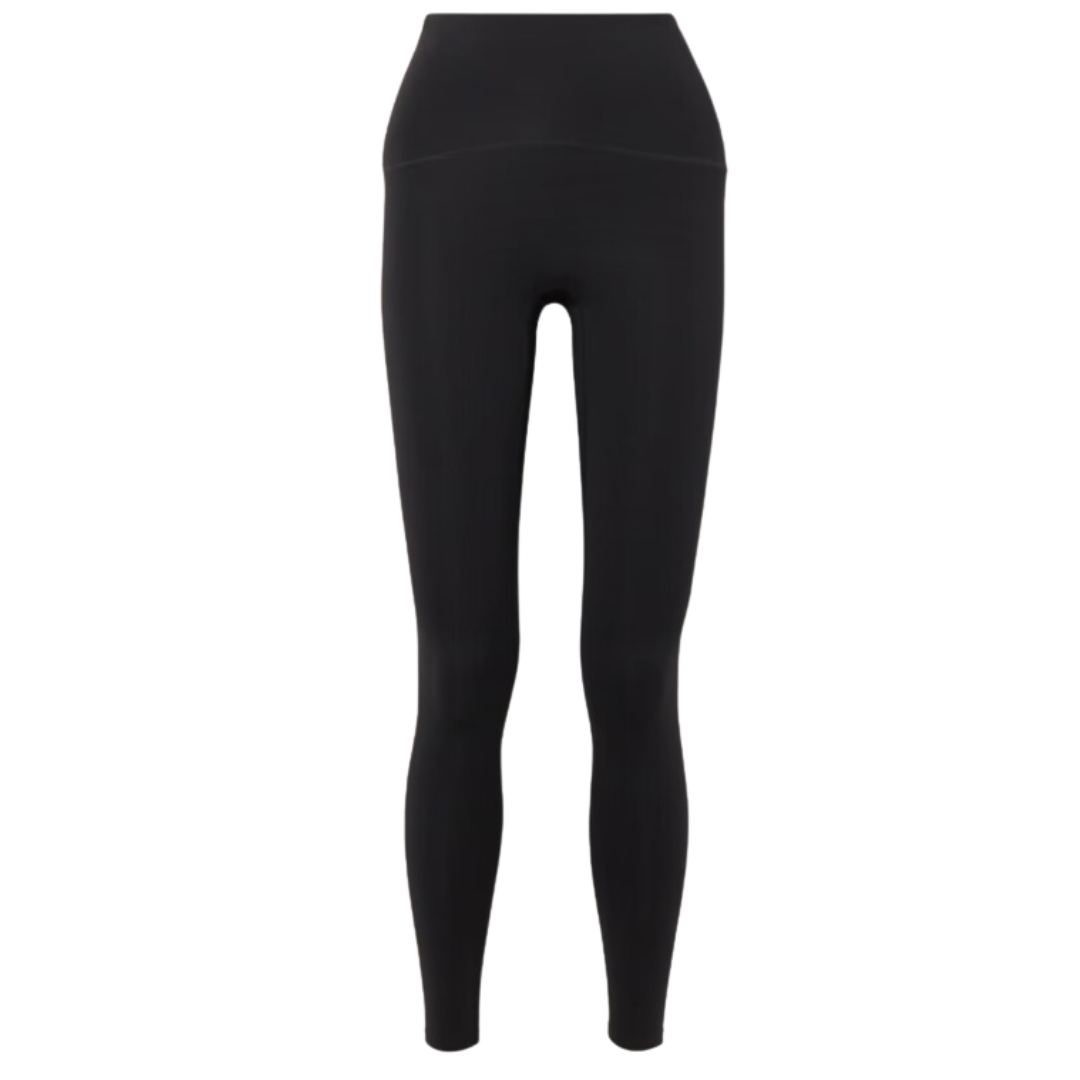
If you're looking to up the ante on your Pilates 'fit, look no further that Alo Yoga. These sculpting leggings come in nine colour ways, so there's something for all aesthetics.
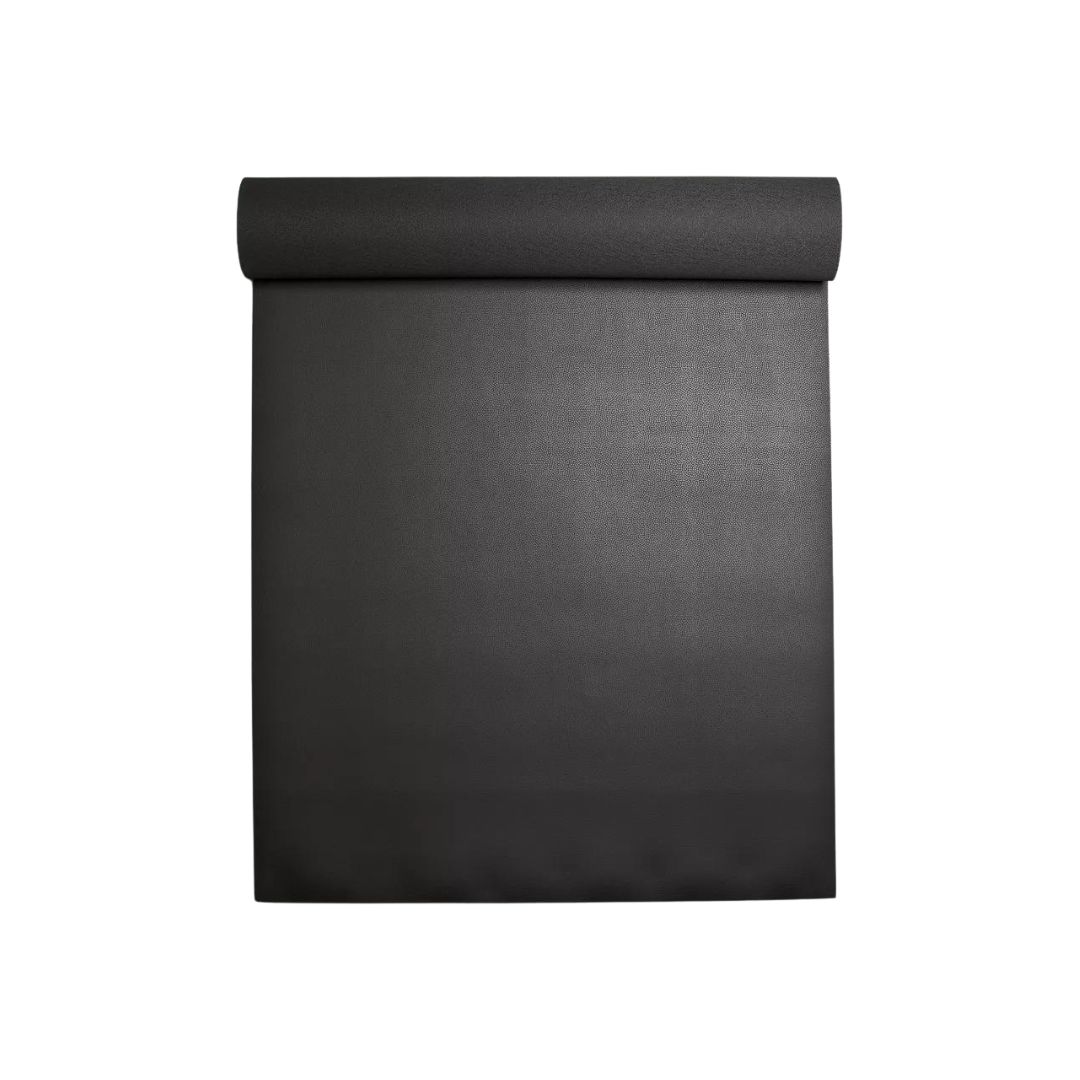
All you need to comfortably practice Pilates, in one product. The natural rubber base offers grip and stability while you stretch and sweat.
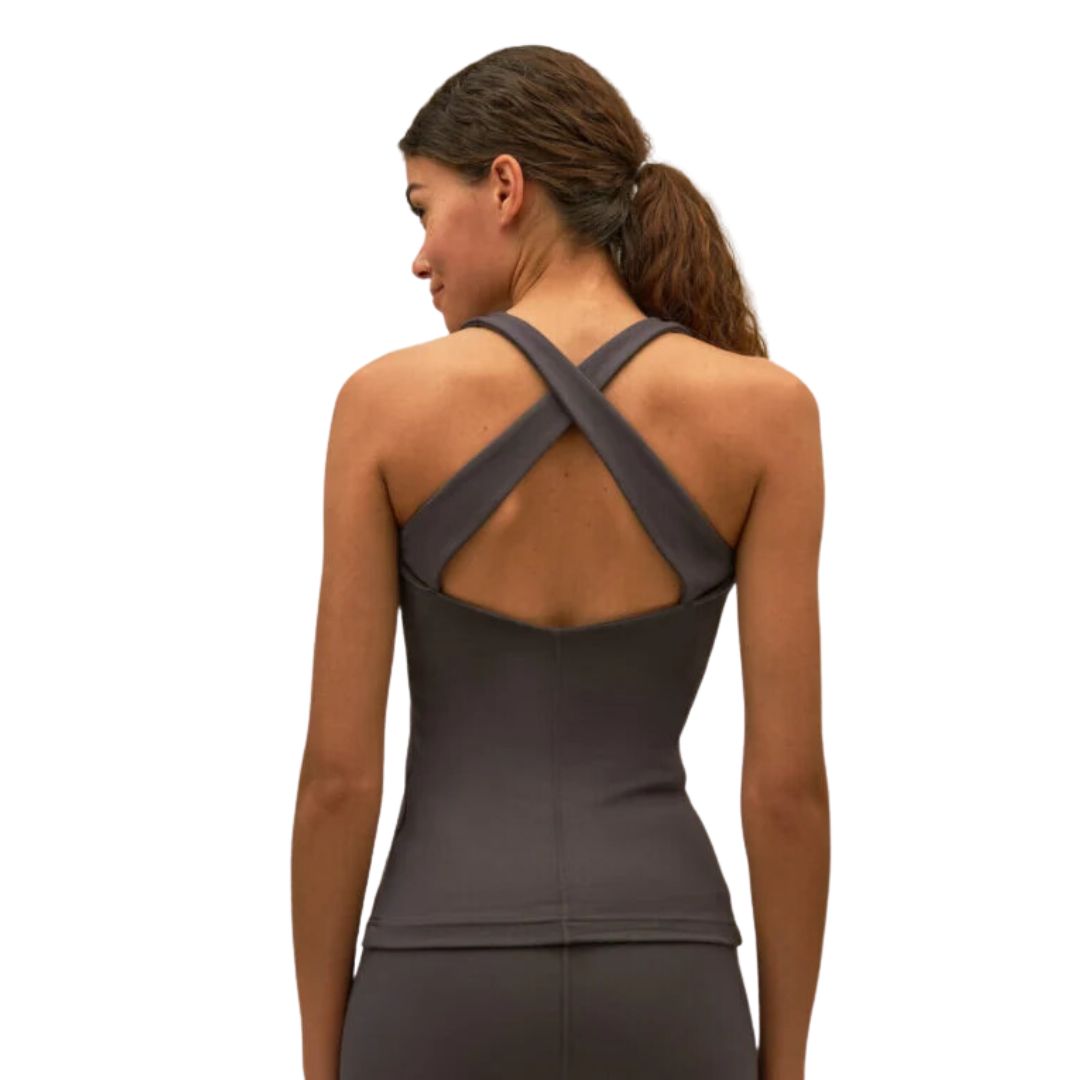
Supportive, stylish and sustainable, there's lots of love about this gorgeous BAM crop top.

Anna Bartter is a freelance journalist who writes about health, fitness and women's lifestyle for publications including Stylist, Metro and Psychologies, among others.
She's always on a quest to find a variety of fun and functional workouts that give you the most bang for your workout buck and she's passionate about championing movement for everyone's mental and physical wellbeing.
-
 This perfume was created in 1892, and I wear it today—it’s musky, sexy and deserves a spot in your collection
This perfume was created in 1892, and I wear it today—it’s musky, sexy and deserves a spot in your collectionIt smells nearly identical, 153 years later
By Nessa Humayun
-
 Butter yellow is the colour of the season—and experts have confirmed it looks chic on nails too
Butter yellow is the colour of the season—and experts have confirmed it looks chic on nails tooHere's how to choose the best shade for you
By Mica Ricketts
-
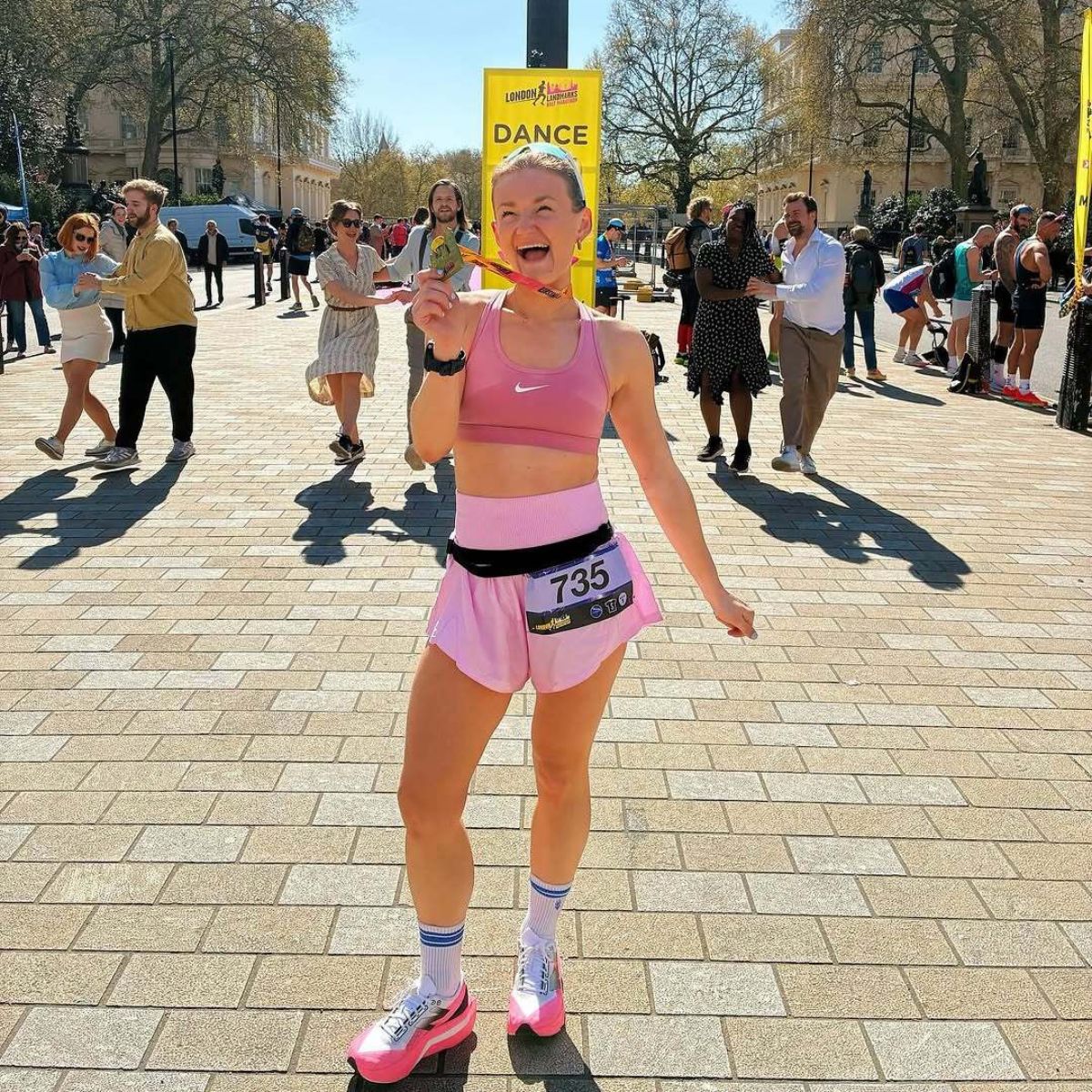 Pink activewear is officially the must-wear trend of the season - 9 items our Health Editors can't stop wearing
Pink activewear is officially the must-wear trend of the season - 9 items our Health Editors can't stop wearingMake your workout even more fun with a pop of pink.
By Amelia Yeomans
-
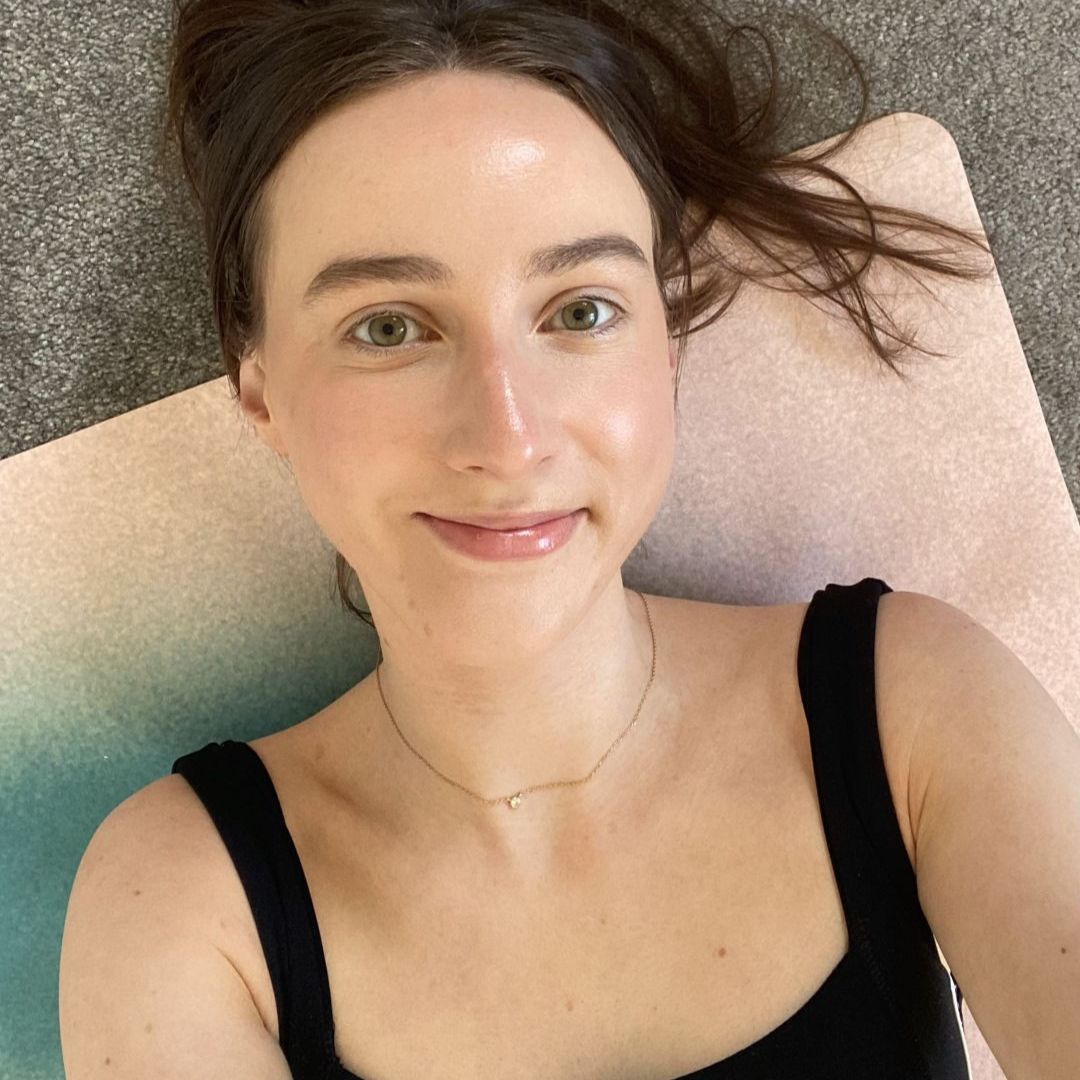 I tried Pilates scissors, the raved-about Pilates move - and think it's the best combination of stretching and strengthening ever
I tried Pilates scissors, the raved-about Pilates move - and think it's the best combination of stretching and strengthening everTrust me, this one's worth trying.
By Katie Sims
-
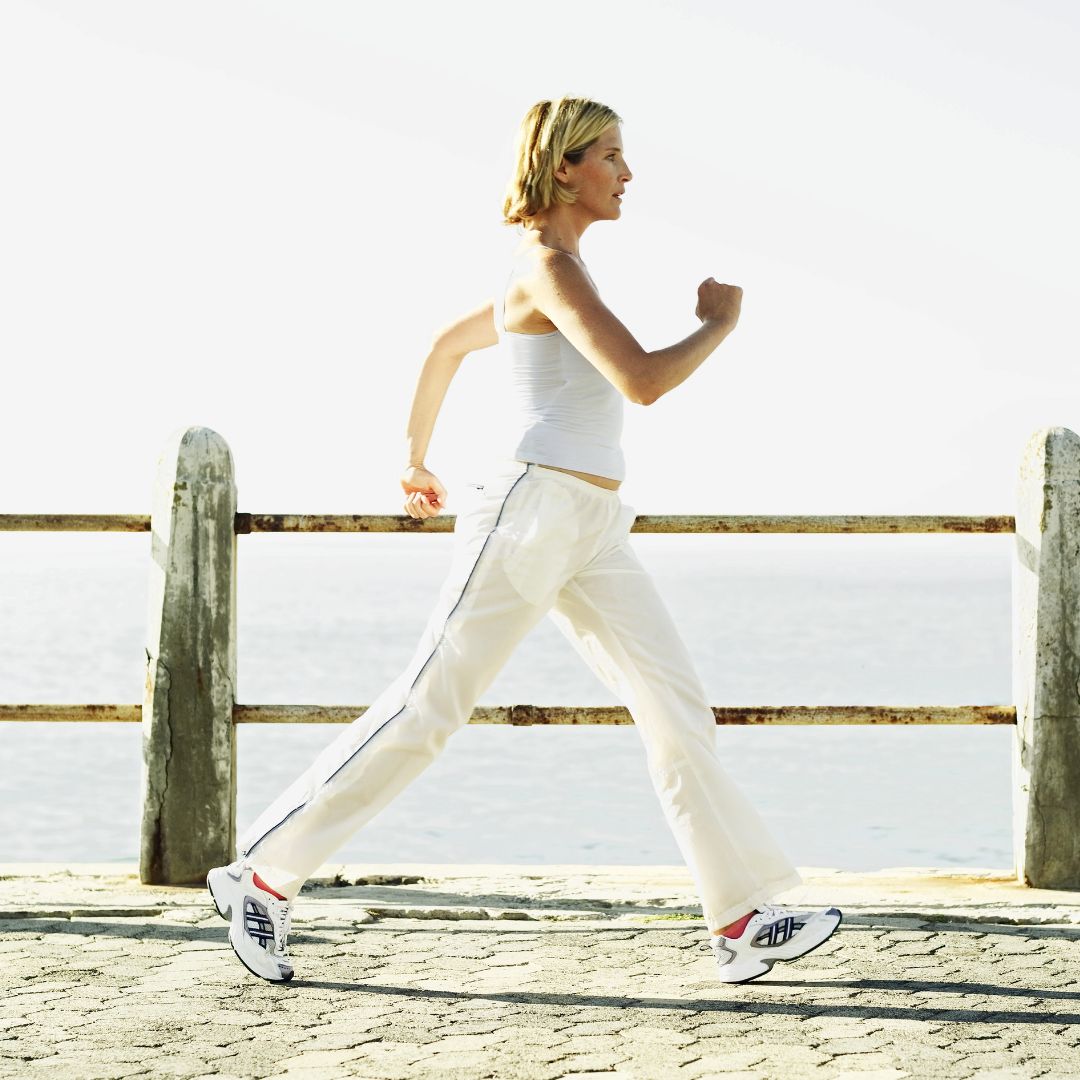 Power walking is the latest trending workout - and it promises to supercharge your health in the simplest way
Power walking is the latest trending workout - and it promises to supercharge your health in the simplest wayKeen to find out more? Step this way...
By Rebecca Shepherd
-
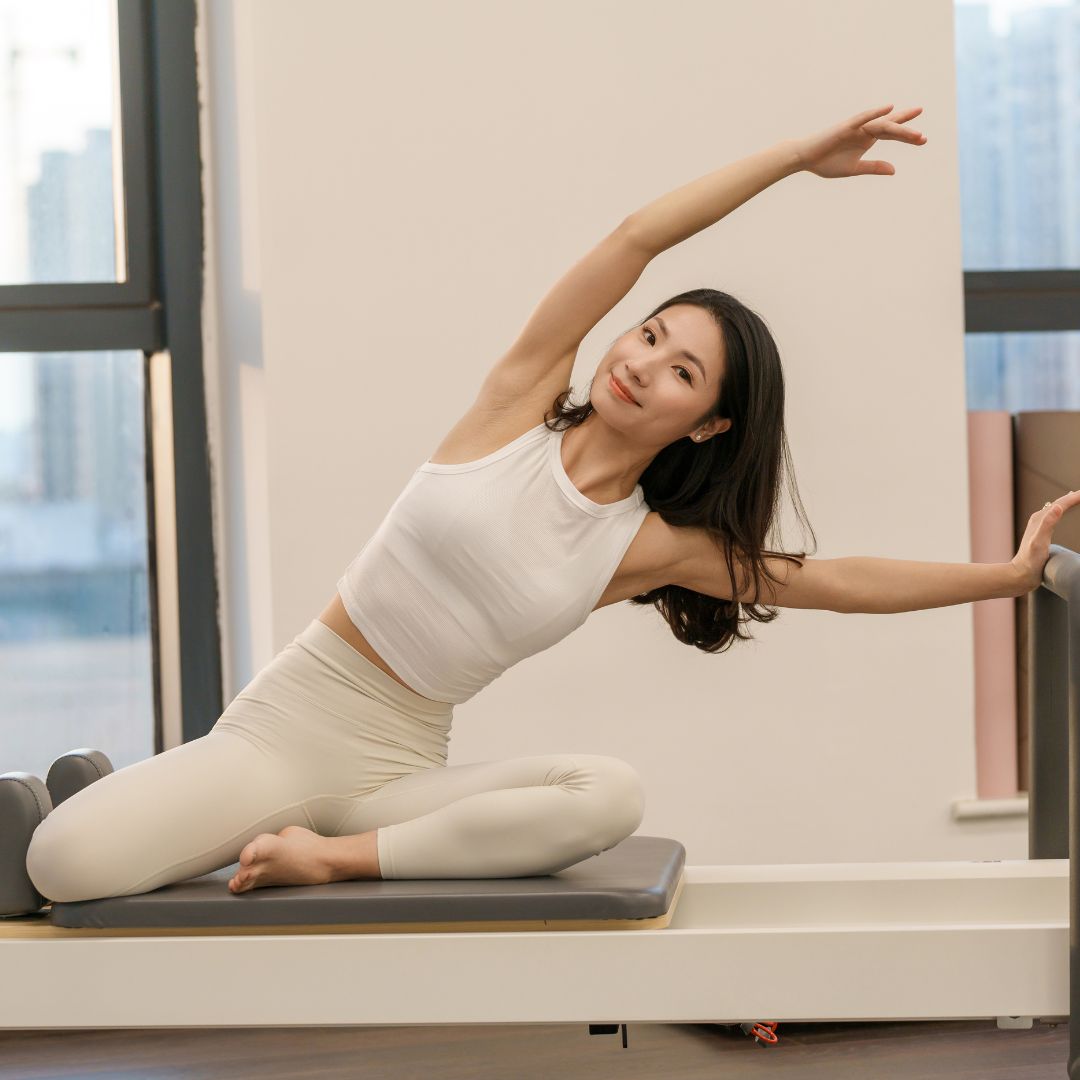 Eager to build a strong, stable core from home? 7 advanced Pilates core exercises that coaches do themselves
Eager to build a strong, stable core from home? 7 advanced Pilates core exercises that coaches do themselvesStability, strength *and* control? It's a yes from us.
By Anna Bartter
-
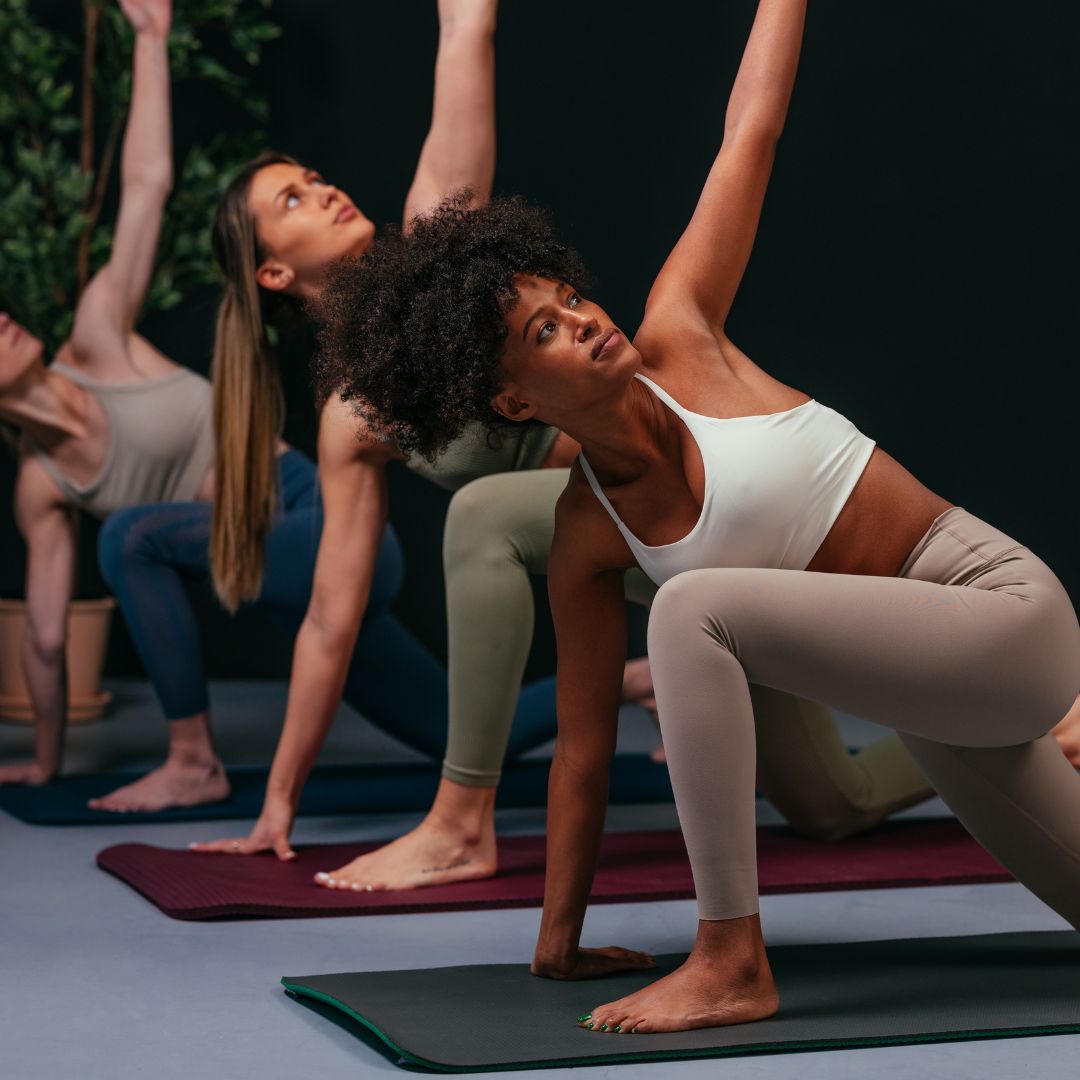 Classical Pilates is raved about worldwide as the most effective type of Pilates you can do - 8 exercises that instructors recommend
Classical Pilates is raved about worldwide as the most effective type of Pilates you can do - 8 exercises that instructors recommendTried, tested and trusted moves.
By Katie Sims
-
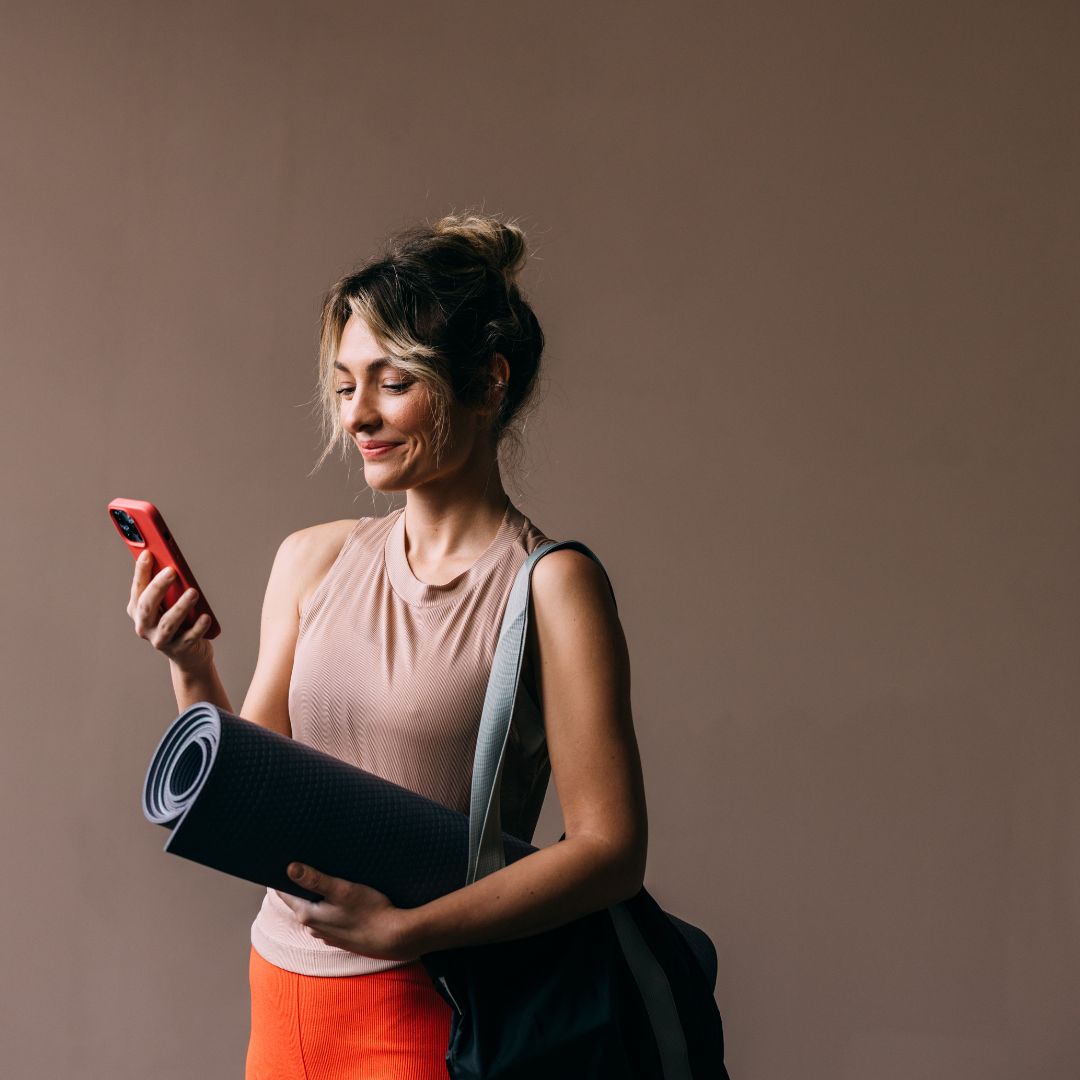 Fan of low-impact sessions? These are officially the 7 best Pilates apps for boosting strength, tone and mood
Fan of low-impact sessions? These are officially the 7 best Pilates apps for boosting strength, tone and moodYou can thank us later.
By Katie Sims
-
 I tried STOTT Pilates at home every day for a week - and I've fallen for the trending workout hook, line and sinker
I tried STOTT Pilates at home every day for a week - and I've fallen for the trending workout hook, line and sinkerYou'll want to give this one a go.
By Katie Sims
-
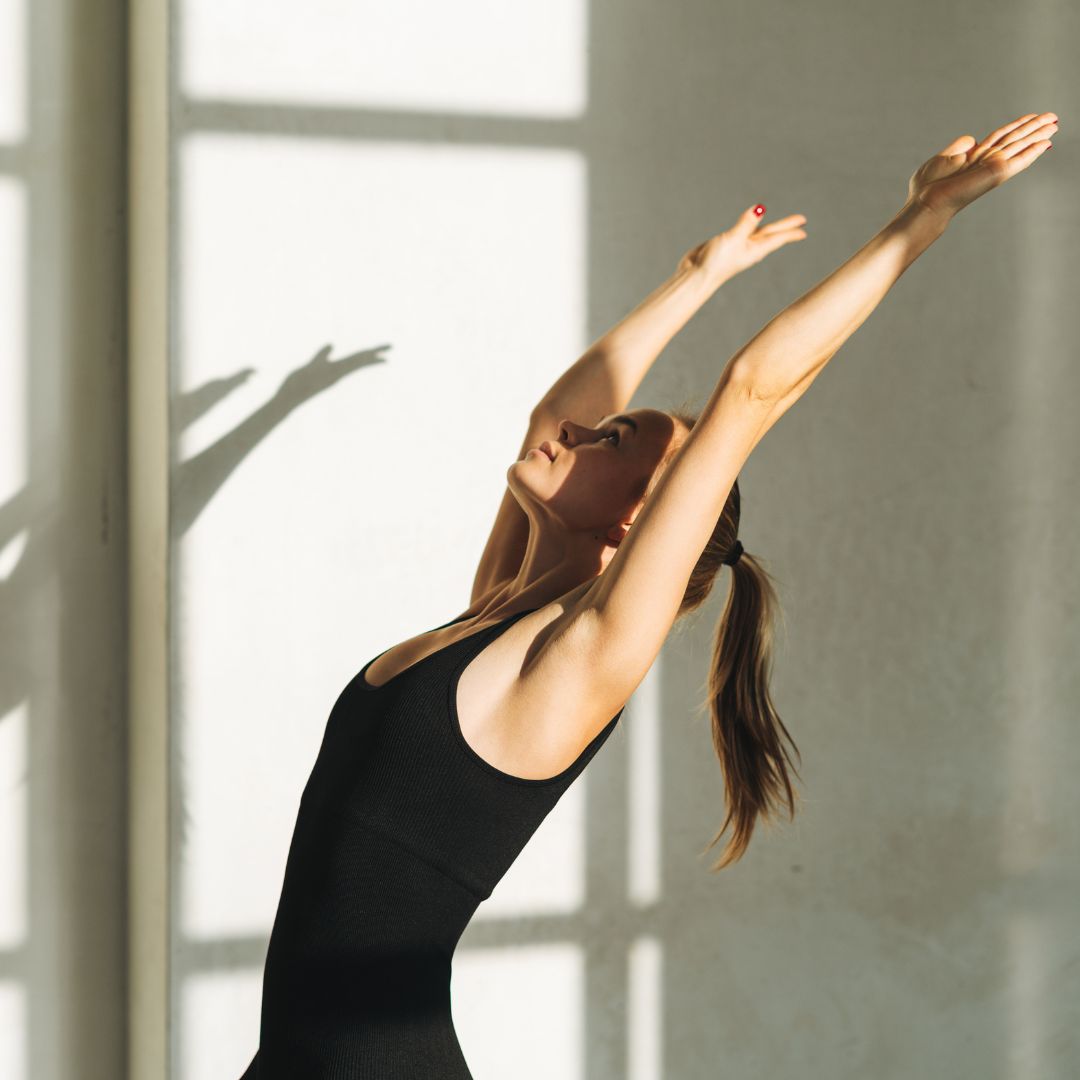 Keen to get Reformer results without the hefty price tag? 5 best Pilates boards to upgrade your home workouts
Keen to get Reformer results without the hefty price tag? 5 best Pilates boards to upgrade your home workoutsThey're great for small spaces, too.
By Amelia Yeomans
-
 Eager to get strong from home? 6 advanced resistance band full body workouts that'll boost tone, balance and flexibility
Eager to get strong from home? 6 advanced resistance band full body workouts that'll boost tone, balance and flexibilityYes, you can get strong without weights.
By Anna Bartter







